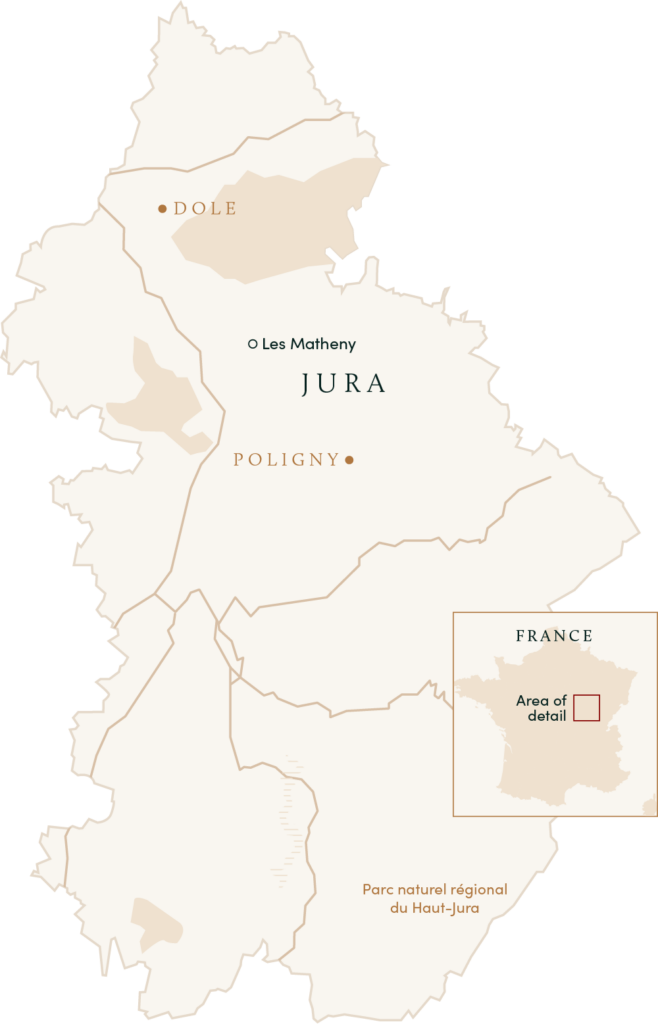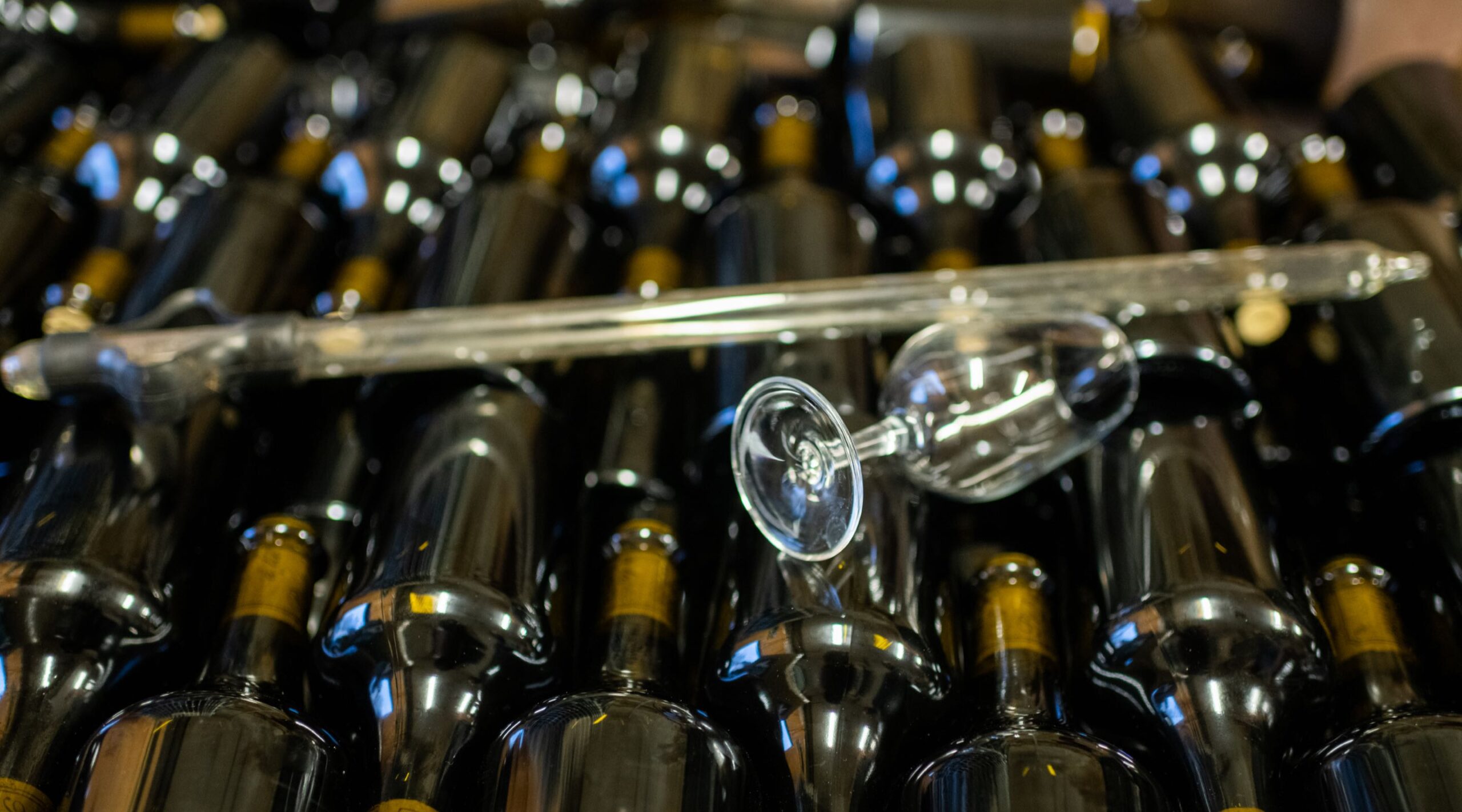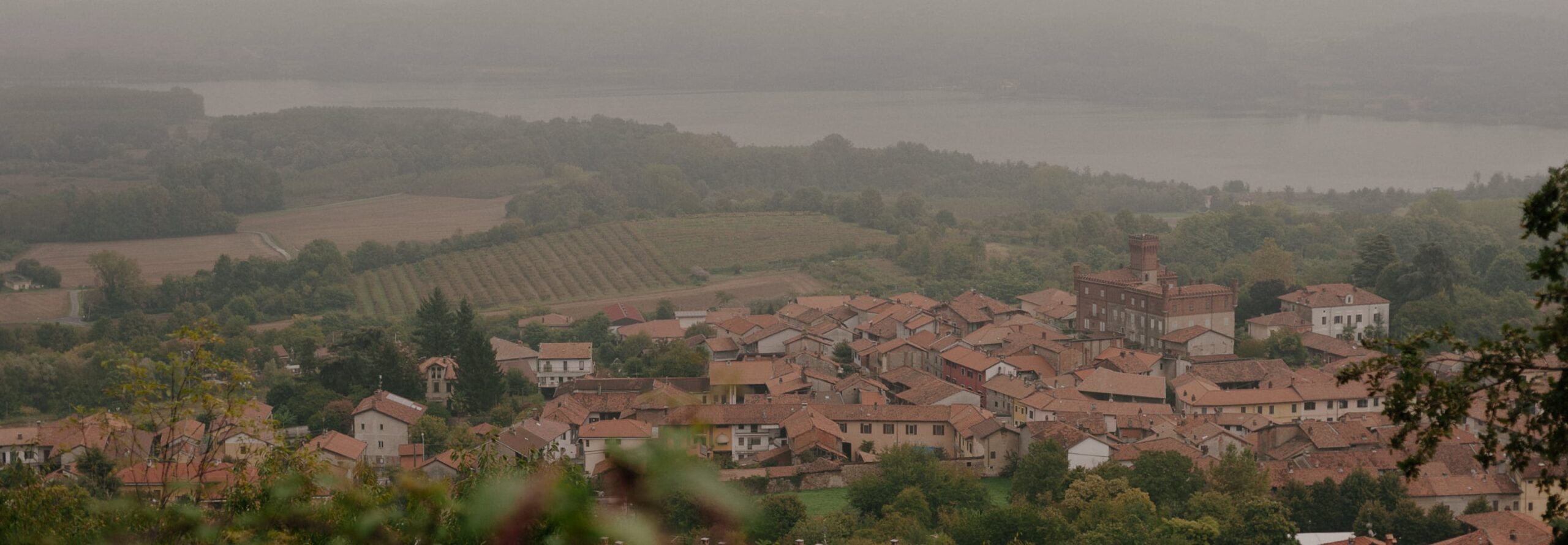Few in the Jura are as talented as Emeric Foléat of the tiny Les Matheny domaine in Arbois. Having worked for eight years under the legendary Jacques Puffeney, who taught him the ultimate value in embracing risk and trusting the quality of his fruit to do its thing in the cellar without coercion, Emeric farms 3 hectares in Arbois without the use of synthetic chemicals and raises his wines in a small cinderblock shed devoid of modern gadgetry. Emeric takes each harvest as it comes, vinifying and aging certain parcels separately if the notion strikes him, keeping a cask or two under voile for an extra-long time if the underlying material proves worthy, and topping up his barrels occasionally, partially, and based purely on taste and instinct. Minute additions of sulfur, and even then only sometimes, are the only adjustments he makes to his bold, assertive, deeply personal creations.
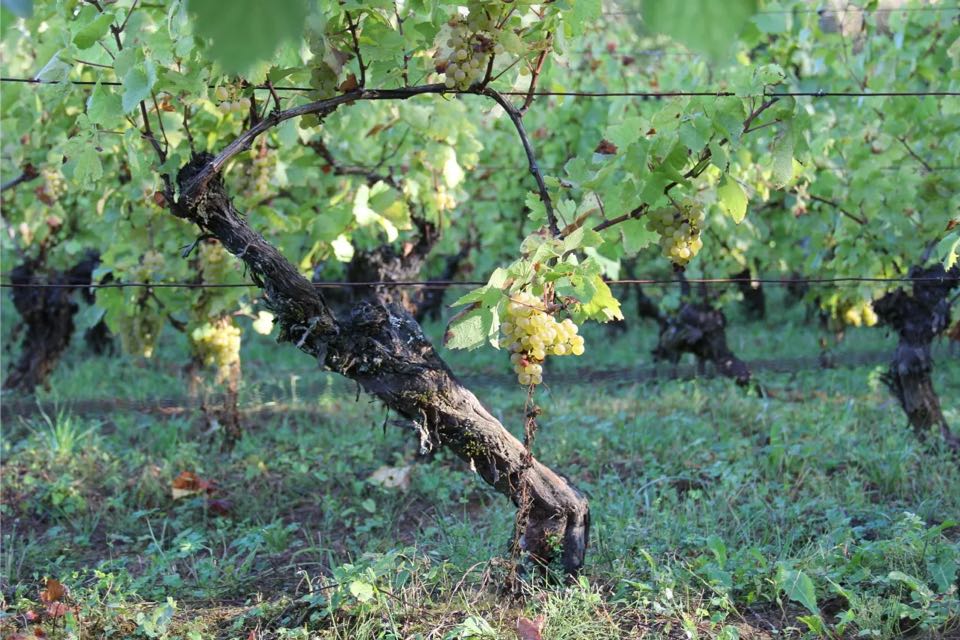
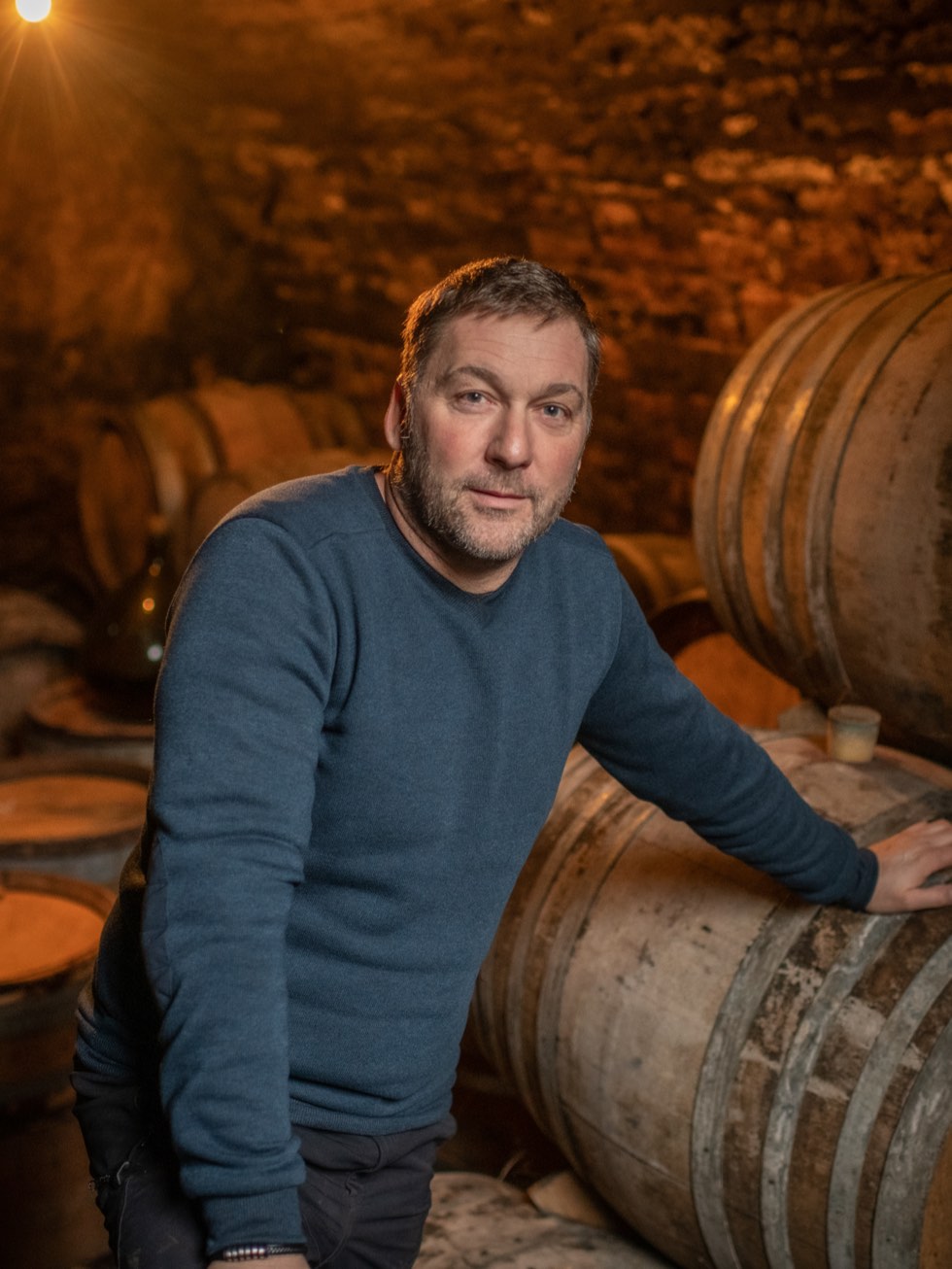
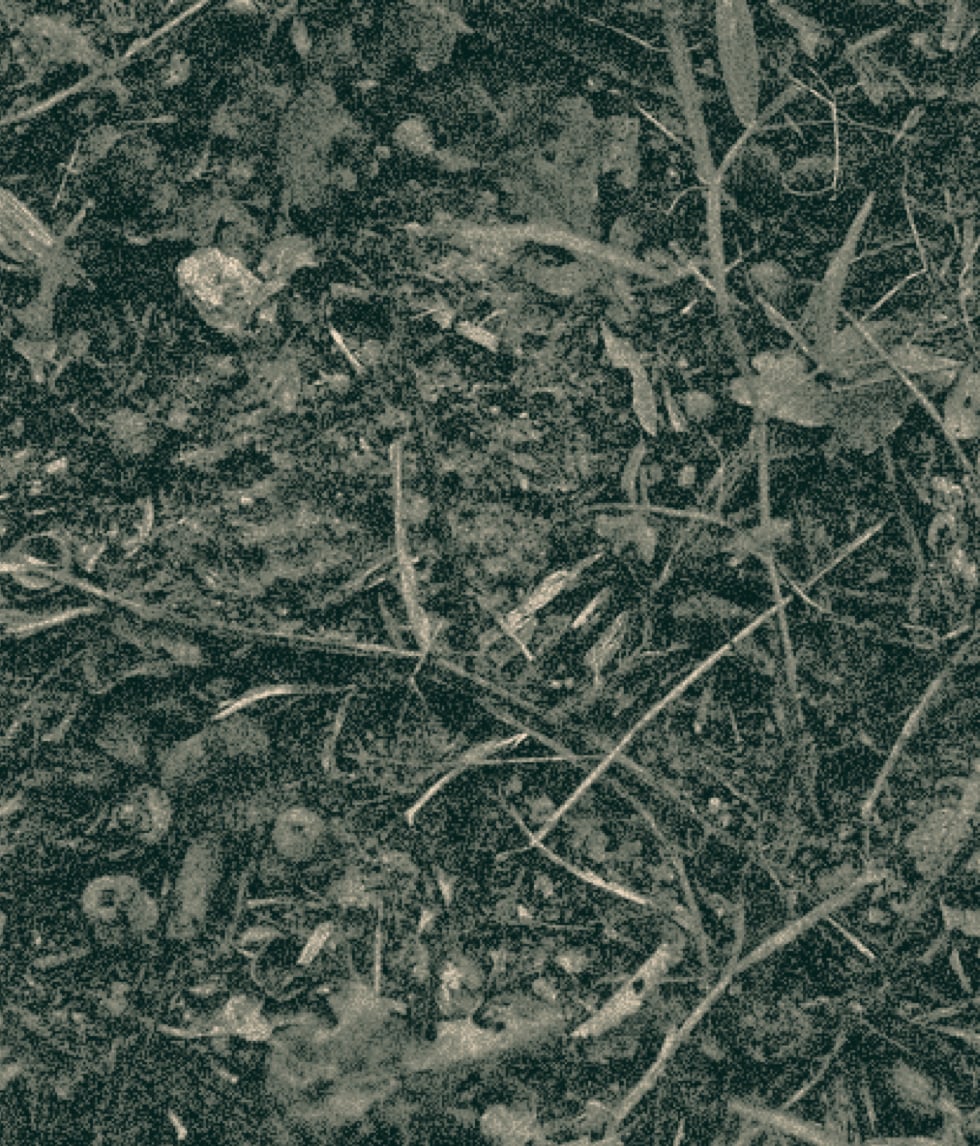
To discuss the white wines of the Jura as either “topped up” or “oxidative” is to impose a strict binary on what is in fact a broad continuum. The greatest white wines of the Jura are never monolithically oxidative, even in their most extreme form (the inimitable Vin Jaune), and the skilled vigneron balances oxidative notes with elements derived from the voile—and always with the ultimate aim of enhancing rather than overwhelming fruit-acid-mineral interplay. These are wines free of shackles—simultaneously tough and bare-knuckled whites, brazenly structured reds that scoff at the dainty, almost apologetic extraction common for such thin-skinned varieties. While both enologist and marketer alike may consider Les Matheny a baffling operation, those who value character in wine will find a deep well of authenticity and beauty here.
Farming
Practicing organic
Treatments
Copper-sulfate only
Ploughing
Annual ploughing to maintain vineyard health
Soils
Blue, red, and white limestone-clay marls
Vines
Trained in Guyot and planted at 5-6,000 vine/ha, vines average 40 years old
Yields
Controlled through pruning and debudding
Harvest
Entirely manual, mid-September to early October
Sourcing
Entirely estate fruit
Fermentation
Red wines see total destemming and ferment spontaneously in fiberglass tanks. Cuvaison averages 3 weeks. White wines ferment spontaneously in fiberglass tanks
Extraction
Red wines see pumpovers during cuvaison
Chaptalization
None
Pressing
Horizontal screw press
Malolactic Fermentation
Spontaneous, in barrel following alcoholic fermentation
Élevage
White wines age 4-9 years in neutral 228-l oak barrels and demi muids with some topping up. Red wines age 18-30 months in neutral foudres and demi muids
lees
Wines are racked following malolactic and remain on their fine lees until assemblage prior to bottling
Fining and Filtration
Wines are unfined and see a light plate filtration
sulfur
Applied at harvest, with c. 30 mg/l total sulfur
